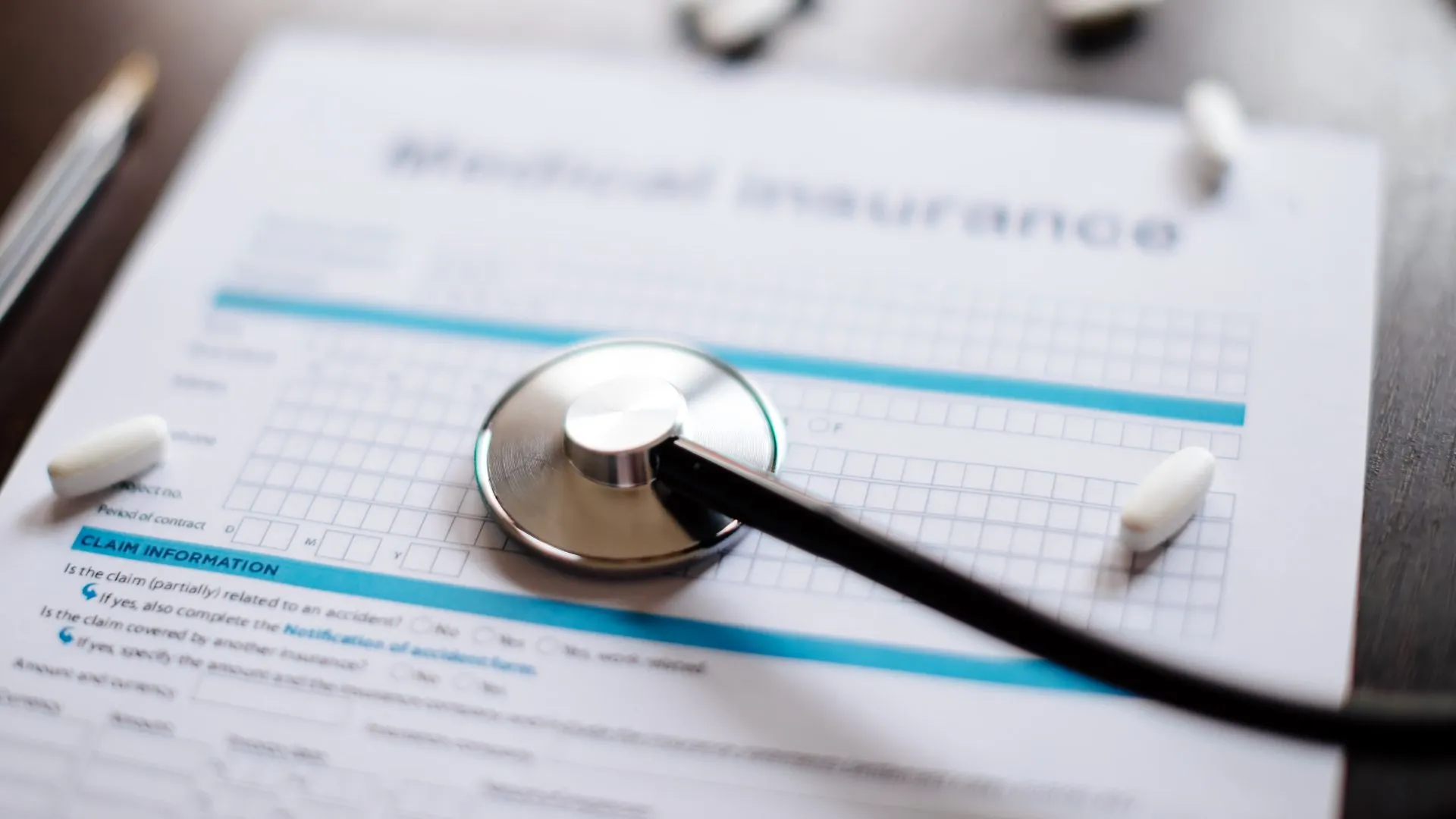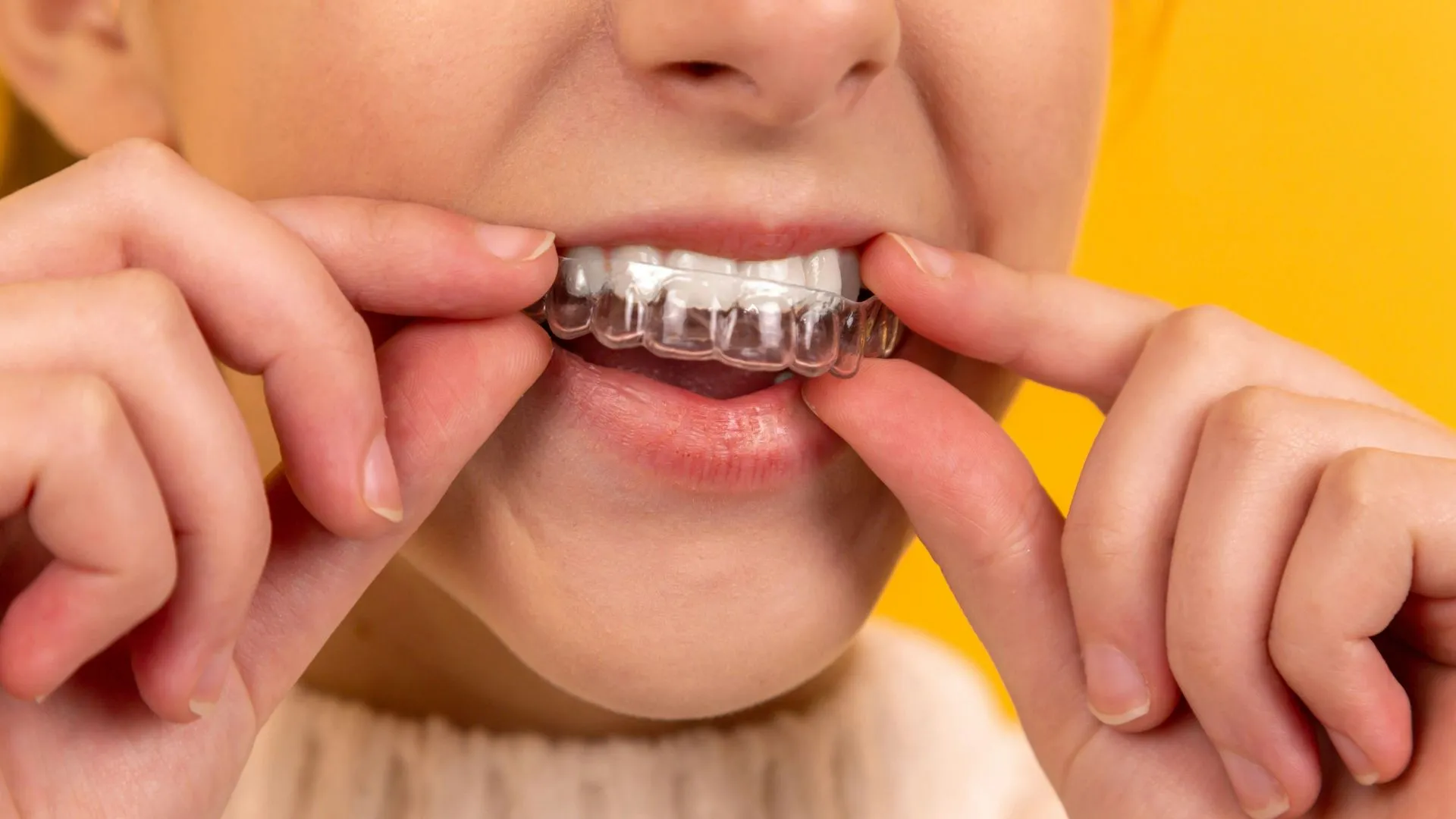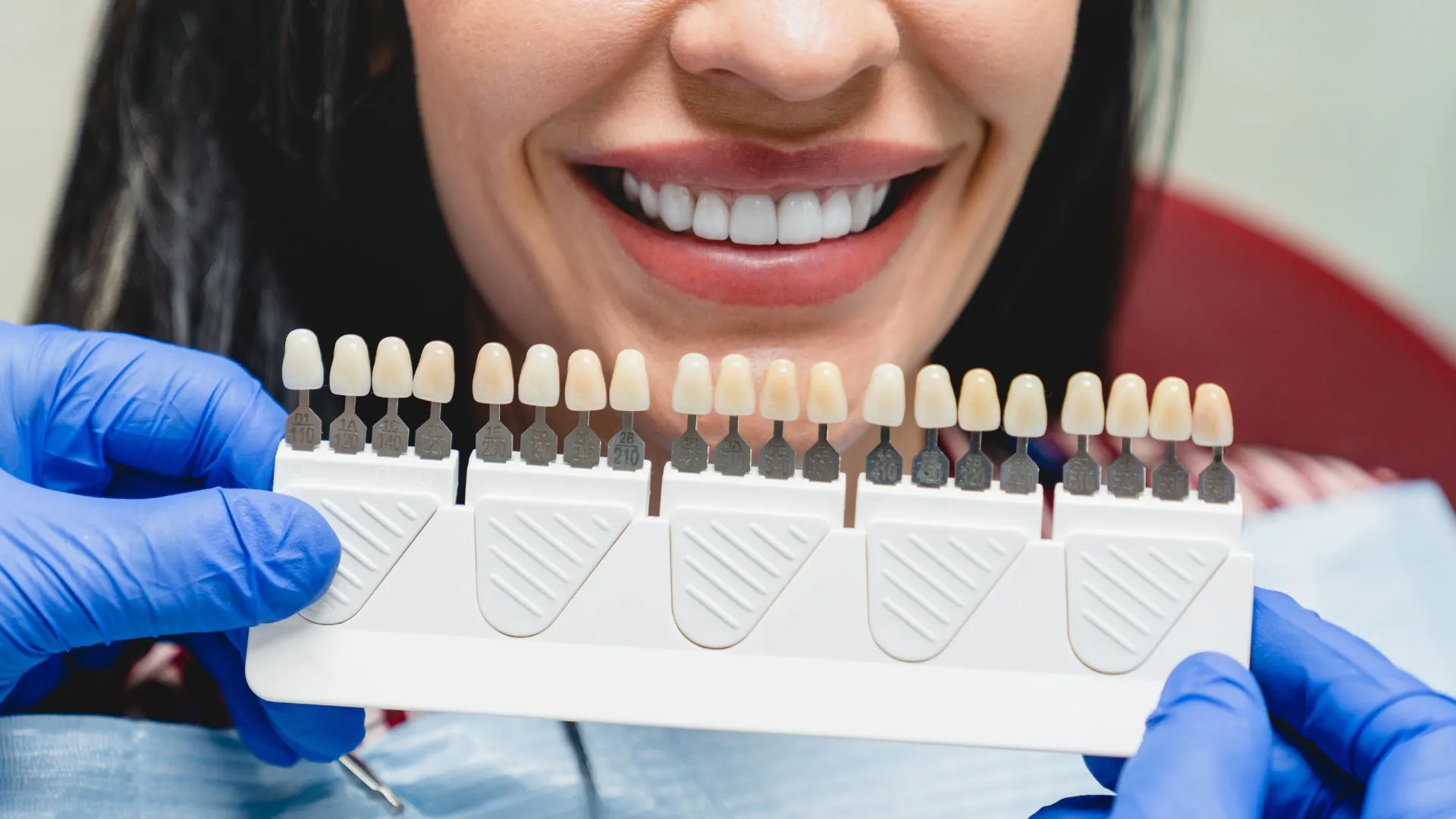As the year comes to a close, people are scrambling to get their health plans sorted at the healthcare marketplace–or are they? Last year, a NY Times article said that many people actually opted out of health insurance because the IRS penalties were…
As the year comes to a close, people are scrambling to get their health plans sorted at the healthcare marketplace–or are they? Last year, a Health Policy Institute of Ohio article said that many people actually opted out of health insurance because the IRS penalties were much more affordable than the insurance plans’ premiums and deductibles.
Even though more people have signed up for health insurance since that article was released, can the same be said for dental care? MedlinePlus has more on the issue:
Many Americans skip the dentist due to cost
Americans are more likely to skip needed dental care because of cost than any other type of health care, researchers report. Working-age adults are particularly vulnerable, the study found. Some 13 percent reported forgoing dental care because of cost. That’s nearly double the proportion of seniors and triple the percentage of children for whom cost poses a barrier to dental care, the study showed.
Cost was the main impediment to dental care even for adults with private insurance. “It seems like medical insurance is doing a better job at protecting consumers from financial hardship than dental insurance,” said study author Marko Vujicic. Typically, private dental insurance includes annual maximum benefit limits and significant “coinsurance” — the patient’s share of costs on covered services, Vujicic explained. He is chief economist and vice president of the American Dental Association’s (ADA) Health Policy Institute in Chicago.
. . . Evelyn Ireland, executive director of the National Association of Dental Plans, agreed with the report that avoiding dental care can affect overall health. Fortunately, the percentage of the population citing cost as a reason for not getting dental services has declined steadily since 2010, Ireland said. And in 2014, it was the lowest since 2003, she added.
Some consumers may think that they can save big now, but missed dental visits can mean even more expenses down the road. A patient who forgoes dental care won’t be able to have preventive dentistry services, such as SRP, fillings, oral cancer screenings, and the like.
Some Americans may opt-out of dental care because they believe that it doesn’t affect holistic health, but the Medline Plus article says otherwise. Ultimately, if the cost is such an issue, then dental insurers need to take a page from medical insurers and protect their consumers with flexible payment plans.
Another good point the Medline Plus article made was about educating patients. The American consumer may be willing to pay a little more for dental care if they really knew how important it was. One way to reach patients is by providing educational resources for niche groups. For instance, the following video targets pregnant women.
Since pregnant women have fluctuating hormones that increase the risk of gum disease, it is vital for this group to consider a dental plan:
Another way to bridge the gap between high costs and regular dental visits is with government programs, such as those seen in schools:
Study: School-based sealant programs save money
Programs that provide dental sealant to children at schools are cost-effective and prevent the need for many fillings, according to a new study published in the December issue of Health Affairs.
The results, which were published in Health Affairs, provide useful information for comparing school-based sealant programs with other alternatives. These programs typically provide sealants at little or no cost to children attending schools with a large population of low-income families who do not receive regular dental care.
“Increasing sealant prevalence among low-income children could save society money and decrease toothaches and their sequelae,” the study authors wrote (Health Affairs, December 2016, Vol. 35:12, pp. 2233-2240).
The authors noted that 27% of low-income children in the U.S. have untreated cavities by adolescence. However, sealants are used in only 38% of lower-income children compared with 47% of those from higher-income families. School-based sealant programs have been shown to increase the number of students receiving sealants and prevent cavities.
The Community Preventive Services Task Force, an independent panel of public health experts, has recommended school-based sealant programs since 2002. Nonetheless, in 2013 only 15 states had such programs in more than half of schools serving low-income populations, defined as those in which most students participated in the free and reduced-cost meal program.
As you can see, this kind of program and others could greatly reduce issues with medical costs. If low-income children have a good dental foundation when they’re young, then they won’t have to fork over tons of money when they’re older for invasive procedures. Good dental care doesn’t just mean better health, it means more affordable basic plans where Americans only need to get one or two cleanings a year.




